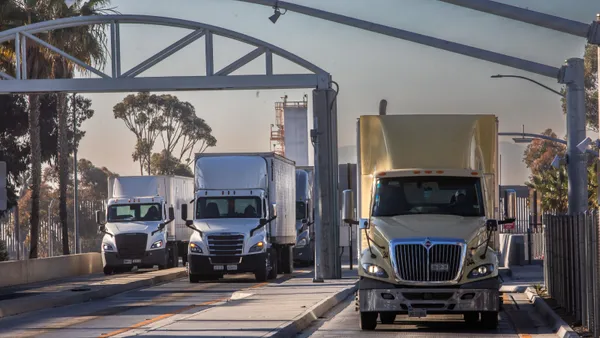Dive Brief:
- Costco, long considered a higher-end warehouse retailer, is finally making inroads on its lagging e-commerce capabilities, Fortune reported last week.
- To improve its online shopping experience, Costco has increased inventory levels for high-end brands, involved more distribution centers in e-commerce fulfillment, increased transactional speed, eased returns and sought faster shipping, according to Fortune.
- However, the warehouser is disinclined to engage in the buy online, pick up in store (BOPIS) option, citing concerns about reduced in-store traffic and limited inventory space.
Dive Insight:
Costco is a leader in big box membership sales, but its model for success in big box retail makes advancements in e-commerce all the more challenging. Costco's embrace of high quantity and low variability is the opposite of standard e-commerce strategies.
Costco, therefore, has to be selective about what it offers online to ensure it meets the economies of scale and doesn't add too much shipping costs. That's why, also, it has chosen to stray away from BOPIS — its in-store inventory space is too important.
But will its slow adoption of an e-commerce strategy knock it down the profit ladder?
Sam's Club "Club Pickup" option, an in-store pick-up service for products purchased online, has increased 46%, especially during the holiday season. This contrasts with the fact that Costco has chosen not to offer the service at all, citing space concerns within its combination stores/warehouses.
Further, Sam's Club receives approximately 16 million unique hits on its website per month, contrasting with Costco's 9.45 million, and marking a clear division between the amount of traffic earned by the competing retailers. Costco acknowledges that not only have they been slow to adapt, but even the most basic aspects of e-commerce, such as traffic flow and number of clicks from item selection to checkout, must be improved upon













